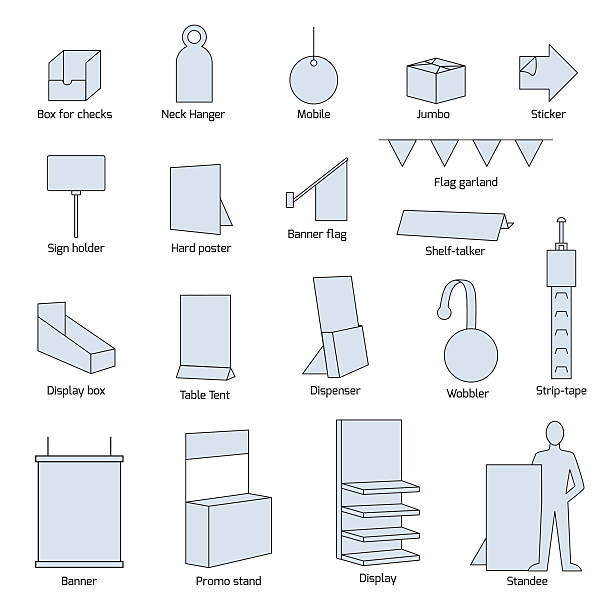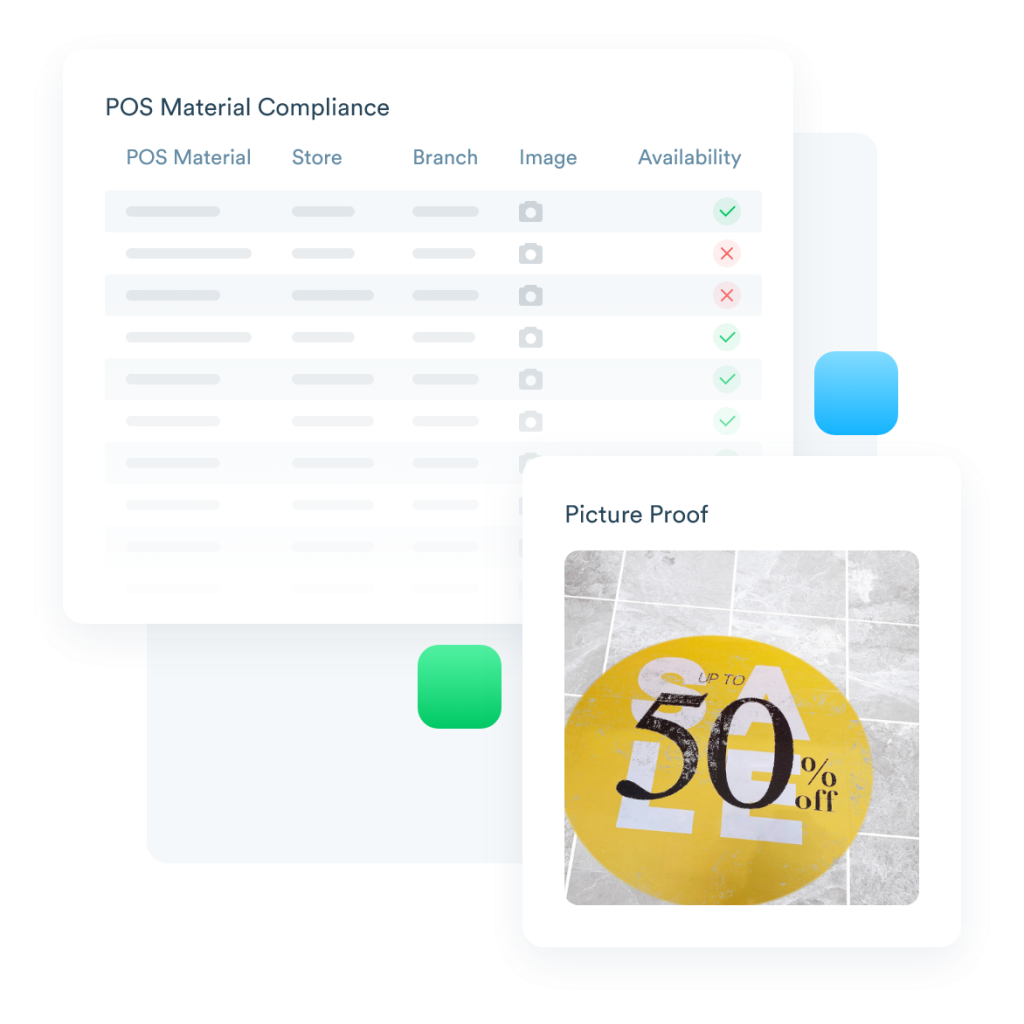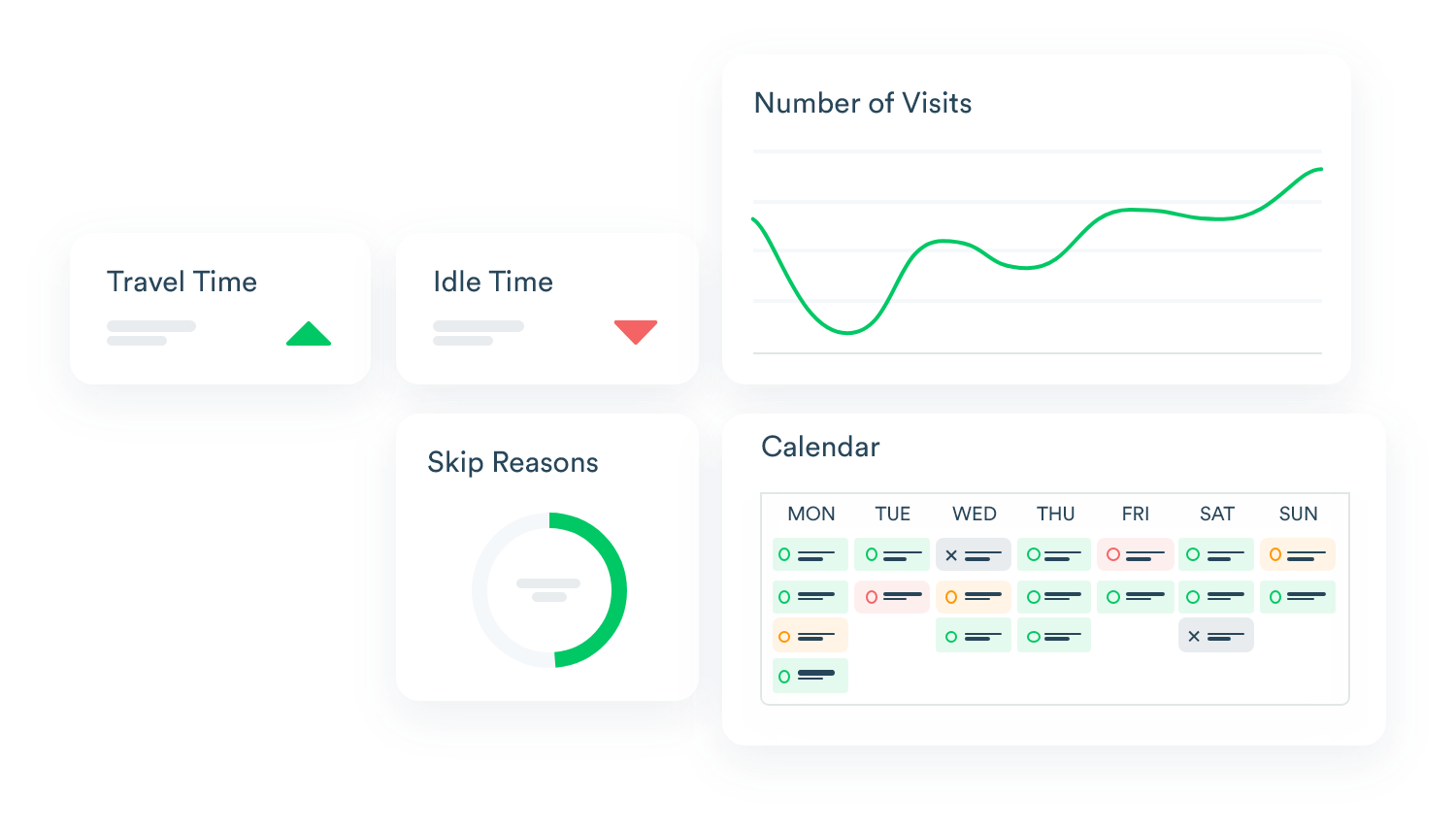Driving Impulse Purchases Through Point of Sale Material
Point of Sale (POS) materials, also known as Point of Purchase (POP) materials, are marketing tools strategically placed in retail environments to influence consumer purchasing decisions. These materials serve as the final touchpoint in the customer journey, bridging the gap between awareness and purchase.
These materials are designed to be visually appealing and informative, aiming to create an immersive shopping experience that drives sales. They transform the retail space into a dynamic marketing platform, where brands can directly engage with consumers at the crucial moment of decision-making.
What are the Benefits of POS Material?
The strategic deployment of POS materials offers numerous benefits for brands, making it a vital component of marketing strategies. As indicated by the research in ScienceDirect, the impact of in-store marketing, of which POS material is a major part, on consumer behavior is significant. Here’s a breakdown of the advantages:
- Increased Brand Visibility: POS materials enhance brand presence in crowded retail environments, ensuring products stand out and attract attention.
- Enhanced Product Awareness: They provide consumers with essential product information, highlighting key features and benefits.
- Driving Impulse Purchases: Well-designed displays and promotional offers can trigger spontaneous purchases, boosting sales volume.
- Improving Customer Experience: Engaging displays and interactive elements create a memorable shopping experience, fostering brand loyalty.
- Communicating Promotions: POS materials effectively convey promotional messages, discounts, and special offers, driving immediate sales.
- Competitive Advantage: Unique and innovative POS displays can differentiate brands from competitors, securing a larger market share.
- Direct Consumer Engagement: POS material allows for direct interaction with consumers at the point of decision.
In essence, POS materials are powerful tools for influencing consumer behavior, driving sales, and building brand equity within the retail landscape.
supermarket shoppers make at least one purchase that is in some way affected by POP material.
Clarifying PoP vs. PoS: Understanding the Retail Landscape
While often used interchangeably, Point of Purchase (PoP) and Point of Sale (PoS) represent distinct concepts within the retail environment, each playing a crucial role in the customer journey.
Point of Purchase (PoP):
- This encompasses the entire retail space where consumers make buying decisions. It’s the broader environment where marketing efforts, including displays, signage, and promotions, are deployed to influence purchasing behavior.
- PoP is about creating an engaging shopping experience that captures attention and drives product interest. It is the consumer’s experience in the store.
- Think of it as the entire store floor, including aisles, display areas, and checkout zones, where customers interact with products and marketing materials
Point of Sale (PoS):
- A POS Display refers to the customer’s interaction with products at the checkout or register. This is where the sale actually happens – “Point-of-sale”.
- The purpose of these displays is to draw a customer’s attention to your products, typically an impulse purchase or small items.
- Think about the cooler of drinks on display, the candy and gum, the magazine racks, the small items on display that are easy to include in a purchase.
- These displays are all about impulse last minute purchases – rather than planned ones.
In essence, PoP is the strategic space where brands influence consumer decisions through marketing and merchandising, while PoS is the transactional point, heavily focused on impulse buys, where sales are completed. Understanding this distinction is vital for retailers to optimize their in-store strategies and enhance the customer experience.
What Are Common Examples of Point of Sales Material?
Point of Sale (PoS) materials play a significant role in capitalizing on the final stages of the customer’s shopping journey, particularly at the checkout. These materials are strategically placed to capture last-minute attention and encourage impulse purchases, which can significantly boost overall sales.
Understanding the various types of PoS materials and their specific purposes is essential for retailers looking to optimize their checkout areas and enhance the customer experience. By leveraging these materials effectively, retailers can create a more engaging and profitable checkout environment. Here are some common examples of PoS materials:
- Counter Displays: These small displays are placed at checkout to encourage impulse buys.
- Floor Displays: These large displays on the retail floor showcase promotional or new items.
- Shelf Talkers: These signs highlight product features on retail shelves.
- Banners and Posters: These large signs communicate brand messages throughout the store.

The Next Generation of Point of Sales Material
To inspire creativity and innovation, here are some POS material examples that can help brands differentiate themselves:
- Interactive Digital Displays: Touchscreen displays that allow consumers to explore product information, watch videos, and engage with interactive content.
- Augmented Reality (AR) Displays: AR-enabled displays that overlay digital information onto physical products, providing immersive and engaging experiences.
- Experiential Displays: Displays that create immersive experiences, such as product demonstrations, sampling stations, or interactive games.
- Motion Activated Displays: Displays that use motion sensors to trigger interactive elements, capturing consumer attention and driving engagement.
- Illuminated Displays: Displays that use lighting to highlight products and create eye-catching visual effects.
By embracing innovative and engaging POS material designs, brands can create memorable shopping experiences that drive sales and build brand loyalty.
How to Differentiate Your Brand Using POS Material?
In a retail environment saturated with competing brands, differentiation is critical. Creating distinctive POS displays is essential for capturing consumer attention. Here are strategies to set your brand apart:
- Innovative Design: Employ unique shapes, materials, and interactive elements to create eye-catching displays that stand out.
- Strategic Placement: Position POS materials in high-traffic areas to maximize visibility and impact.
- Consistent Branding: Ensure all POS materials reflect the brand’s identity, maintaining a cohesive and recognizable presence.
- Interactive Elements: Incorporate digital displays, touchscreens, or augmented reality to engage consumers and provide immersive experiences.
- Storytelling: Use POS materials to tell the brand’s story, connecting with consumers on an emotional level.
- Seasonal and Event-Based Displays: Tailor POS materials to specific seasons or events, creating timely and relevant promotions.
- Focus on Consumer Experience: Design displays that enhance the shopping experience, offering value and convenience to customers.
By focusing on innovation, strategic placement, and consistent branding, brands can create POS materials that effectively differentiate them from competitors and capture consumer attention.
of shoppers purchase items on impulse when attracted to an appealing display.
Why a POS Material Audit Matters
The effectiveness of POS materials depends on their availability, condition, and strategic placement. Without visibility on these factors, gauging the impact of POS activations is impossible. This is where a robust POS material audit becomes essential.
Shelvz POS Material Audit Solution:
Shelvz offers a comprehensive data collection tool that empowers managers to send field teams to audit POS material on the ground. This solution provides real-time visibility into material availability, condition, and quantity, enabling data-driven decision-making.
- Efficient Data Collection: Field teams can quickly and accurately gather audit data using mobile devices.
- Real-Time Reporting: Managers receive instant reports on POS material performance, enabling timely interventions.
- Actionable Insights: The solution provides actionable insights for optimizing POS strategies and improving campaign effectiveness.
- Improved Communication: Facilitates seamless communication between managers and field teams, ensuring efficient execution.
- Increased Accountability: Holds field teams accountable for maintaining POS material standards.
By leveraging the Shelvz POS material audit solution, brands can gain valuable insights into their POS performance, optimize their strategies, and maximize the impact of their in-store marketing efforts.
Optimize Your POS Strategy with Shelvz: A Data-Driven Approach to Success

The effectiveness of your Point of Sale strategies can significantly impact your bottom line. However, without accurate, real-time data on the performance of your POS materials, optimizing these strategies becomes challenging.
This is where the Shelvz POS Material Audit solution steps in, offering a comprehensive tool to gain actionable insights into your in-store presence. By providing detailed reports on material availability, condition, and placement, Shelvz empowers you to make data-driven decisions that enhance your retail execution and maximize your return on investment.
Don’t leave your POS success to chance. Discover how the Shelvz POS Material Audit solution can transform your retail strategy.
Want to see POS Material Audit in Action?
Leave us your company name and email and we’ll get back to you!



